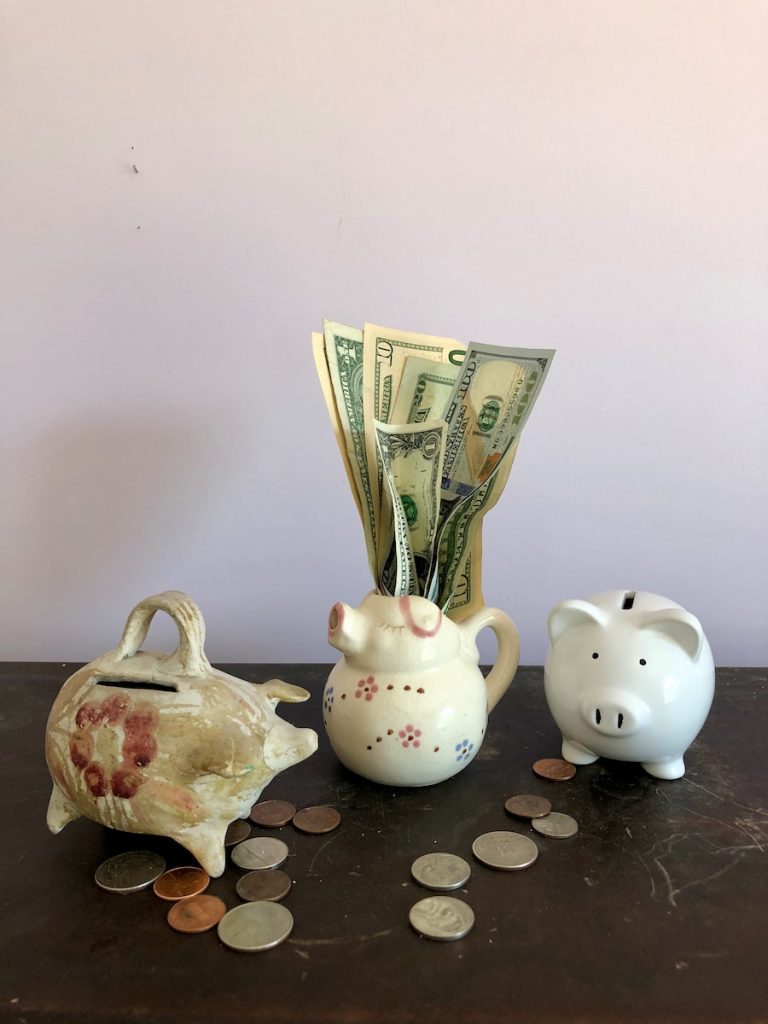In my role as a financial advisor I strive to live what I teach. The advantages of charitable giving as well as the tools that help donors is a an aspect of my job in guiding my clients. One tool for giving to charities which is becoming more sought-after is the donor-advised funds (DAF). I’m a DAF owner, and I’d love to tell you the reasons why you should think about getting one, too.

DONOR-ADVISED FUNDS: 6 REASONS WHY I LIKE HAVING ONE
Posted November 2, 2022 in Financial Planning by Financial Planning Fort Collins Share
Being a professional in the field of financial planning I strive to live what I teach. The advantages of charitable giving as well as the tools that aid in donations is an aspect of my job in guiding my clients. One tool for giving to charities which is becoming more sought-after is a donor advised funds (DAF). I’m a DAF owner, and I’d like to share with you the reasons why you should think about using one as well.
Based on our experience as a family using the DAF I can affirm that using this tool to give to charities has improved our strategy for giving. Let me explain to you the benefits of six which my entire family have enjoyed.
1. CENTRALIZED GIVING LOCATION
The process of locating receipts for charitable giving isn’t easy! The family DAF gives us the chance to make donations from one location from which we can easily track our charitable donations when it comes to tax time. No more trying to find receipts in our inboxes of emails and bank account.
2. ABILITY TO MAKE ANONYMOUS GIFTS
In the beginning in the COVID pandemic, one family member graciously requested no Christmas gifts. Instead, they wanted donations to a local community foundation, which had programs for those who were most affected by the disease. My wife and I opted to make a direct donation (meaning not through the funds of our DAF) to this local foundation. It was a local foundation for a family member but not so for us. We’re receiving lots too lots of physical mail along with a lot of calls and emails because we’re on the foundation’s database of contributors.
The process of donating through DAF DAF permits us to label our donations “anonymous.” Charities then get our money with no information about our DAF’s identity. We aren’t in donor databases, and we don’t get any updates.
We can now donate to organizations without being a burden on the administration similar to when we made small amounts of money. This is a great benefit when our friends ask for donations to marathons or other occasions that prompt us to donate to a specific cause.
I’m sure it’s Peanut Butter Philanthropy But I just can’t avoid it sometimes.
3. OPTIONS TO INVEST
Interest compounding and market volatility can hopefully increase the nest egg of my family in the future. It’s the same about our family’s DAF. We’re able to invest our contributions into investments in the DAF and the funds will possibly be able to grow in the future.
If it is then, it will give us an additional amount of money to spend. Additionally, we don’t have to pay taxes on profit-making investments made within the DAF. Additionally, we wish that the family DAF will continue to grow and allows the next generation to give more substantial donations to causes that are important to them.
4. ABILITY TO RECEIVE COMPLEX ASSETS
I’m not a stock picker, nor am I an support investing in individual stock. My investment philosophy is based on managing what I am able to control:
- Make sure that investment costs are low.
- Put money into a variety of things to diversify your portfolio.
- Tax-efficient wherever and whenever I can.
- Keep checking in on my asset mix, including the process of rebalancing.
- Be patient in times of anxiety.
I’m not a person who likes individual stocks due to the fact that it’s hard to understand the specifics of the many investments and companies that are available. This is the reason I prefer investing in ETFs with low costs that are passively following indexes.
I was faced with a choice to make after my grandfather generously donated to me individual stocks. I could either sell them and then invest the profits into ETFs with low costs. But, I’d need to make the capital gains that came with it since the positions had appreciated in value from the time he purchased them. I realized later that our family’s goal for giving to the end of year was approximately the same amount as the worth of the stocks. The opportunity arose!
I decided to give individual stocks in my household’s DAF. This enabled me to stay clear of tax on capital gains and give the full amount of stock. If I’d had to sell this stock, and later donated the proceeds to charity, I’d have lost a portion of the amount to capital gains tax. This option allowed more of the value of the stock to be donated to charities and to keep the money we would otherwise have put to my family’s bank account. Additionally, I stuck of my investing philosophy as well as our annual giving program.
5. AUTOMATIC AND SPACED-OUT DONATIONS
Instead of putting it in the list of things to be done My family is able to designate automatic grants that are sent out of our DAF to charitable organizations we select to support on an every day basis. This is beneficial as it assists us in executing with our charitable intentions. Additionally, we are happy when we receive confirmation emails that confirm our grants have been released. They are significantly more visible as opposed to the automatic confirmations of payments for our subscriptions to streaming!
After having a better understanding of the power of altruism We couldn’t resist the urge to help organizations by donating money via our own family DAF on a regular basis. Effective altruism believes charity giving should not be considered in terms of personal satisfaction, but rather as a method of giving money in order to accomplish the greatest positive good. I’m a proponent of both and my family prefers to make both choices by arranging regular grants through our DAF.
If you’re looking to learn more about the effectiveness of altruism approach, here’s a TED talk by one of the pioneers in this movement. This is a subject that has been criticized with a number of controversial messengers. But, the altruism movement seeks to give by “the heart and the head” by stating the idea that every life is worth living and worth the effort.
6. FAMILY GIVING ACCOUNT
One feature of our family’s DAF is the capability to identify successors. This is a person we can nominate to inherit future grantmaking functions that are currently held by Andrews Family DAF. Andrews Family DAF. We are at the top stage of decision makers. We’re also naming our kids as the people who make the decisions once they pass. This gives us the assurance that giving back to the community will be a constant subject throughout our children’s lives. We believe that it will be a factor into the values of our children’s generation.
Of course, I’m not hoping that my children are the sole decision makers any time in the near future! However, it’s nice to be aware the fact that this DAF will be theirs once I’m no more. We’re eager to hold family meetings to choose which causes get the grants of the family DAF.
TO RECAP
There are a variety of charitable giving tools available however, none of them can be “one size fits all.” A DAF is the best option for my family. However, I would encourage you to choose an approach to giving that is suitable for your needs. Then, most important, make a commitment to influencing positively the causes that are important to you.
If DAF is a gifting method that you like this is a brief summary of the benefits I’ve discussed throughout this piece:
1. Centralized location for giving
2. The ability to give anonymous gifts
3. Alternatives to invest
4. Ability to acquire complex assets
5. Automated and spaced-out donation
6. Family providing account
Like all things you will encounter pros as well as pros and. We have a separate article that explains the details of DAFs and how they compare to private foundations as well as community foundations. The article is titled What to Do More Communities: Community Foundations and Private Foundations and Donor-Advised Funds.
LET’S TALK CHARITABLE GIVING
If you’d like to have an open discussion about giving to charities and how it affects your financial plans, arrange a charitable donation appointment in my presence.
If you’re yet a customer but you’d like to discuss charitable giving, I’d like to suggest you start by setting up a meeting to me. I’d love to help you with how you can make your giving more effective!











